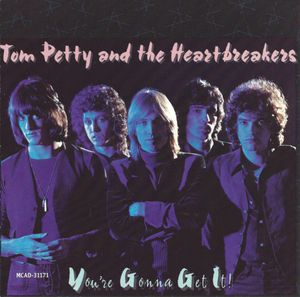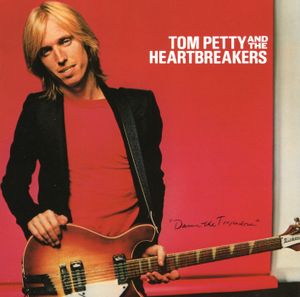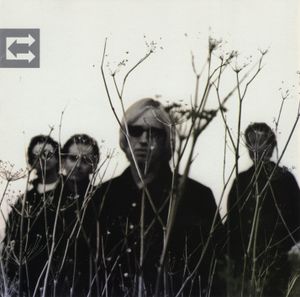

Tom Petty and the Heartbreakers
Follow Your Favorite Band Today!
Top Tom Petty and the Heartbreakers Community Posts
Albums












Story of Tom Petty and the Heartbreakers
Tom Petty and the Heartbreakers, the Gainesville, Florida-bred rock and roll institution, launched in 1976 with a classic lineup: Tom Petty (lead vocals, rhythm guitar), Mike Campbell (lead guitar), Benmont Tench (keyboards), Stan Lynch (drums), and Ron Blair (bass). Blairs departure in 1982, due to touring fatigue, brought in Howie Epstein, who solidified the rhythm section for the next two decades. The bands evolution continued with the addition of multi-instrumentalist Scott Thurston in 1991 (primarily rhythm guitar and keyboards) and drummer Steve Ferrone in 1994, replacing Lynch. Blair notably rejoined in 2002, a year before Epstein`s passing.
Their decades-long reign yielded a string of iconic hits, including "Breakdown," "American Girl" (both 1976), "Refugee" (1979), "The Waiting" (1981), "Learning to Fly" (1991), and "Mary Janes Last Dance" (1993), establishing them as rock royalty. While Petty insisted on "rock and roll" as their sole genre descriptor, their sound resonated with both Southern rock and heartland rock sensibilities, placing them alongside giants like Bruce Springsteen, Bob Seger, and John Mellencamp as pioneers of the latter. Even as heartland rocks mainstream popularity ebbed in the 1990s, the Heartbreakers remained a powerful touring force until Pettys death in 2017, marking the end of an era for one of rocks most enduring bands.
Bands you may like
More Pop Rock Bands
Explore Pop RockDiscover more bands in the Pop Rock genre and explore the diverse sounds that define this musical style.
Browse All Pop Rock BandsMore Bands from United States
Explore United StatesDiscover the rich musical heritage of United States and explore bands that represent the country's unique sound and culture.
Browse All United States Bands